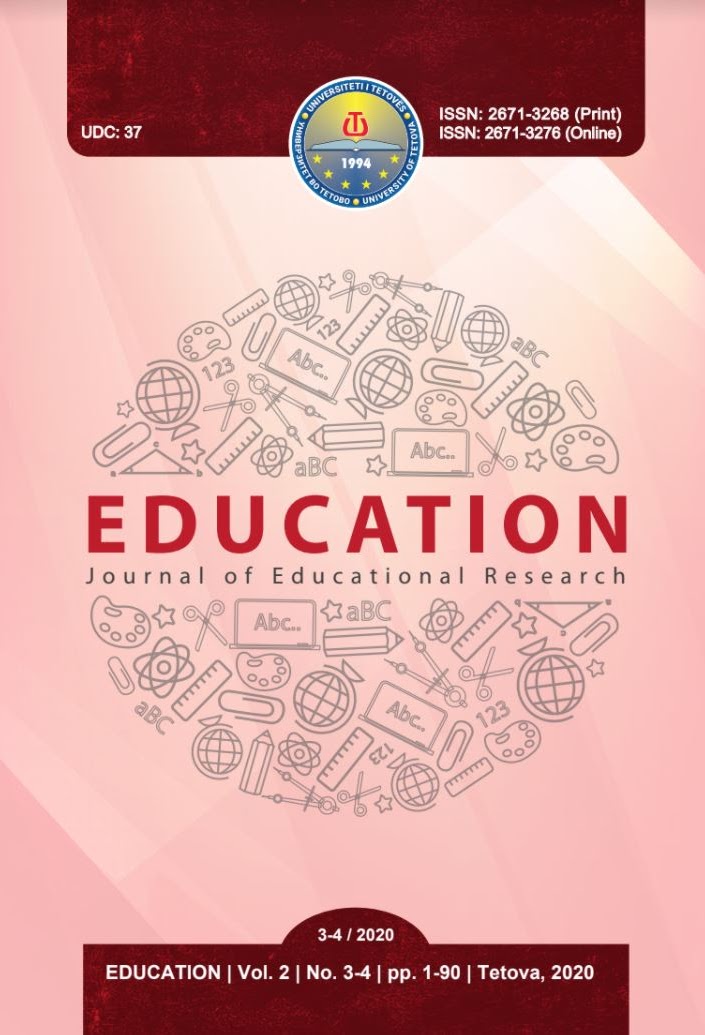HYPERTEXT MODELS IN CHILDREN’S LITERATURE IN FRONT OF PEDAGOGICAL REQUIREMENTS AND PRINCIPLES ON THIS LITERARY CREATIVITY
HYPERTEXT MODELS IN CHILDREN’S LITERATURE IN FRONT OF PEDAGOGICAL REQUIREMENTS AND PRINCIPLES ON THIS LITERARY CREATIVITY
Author(s): Jehona Rushidi-RexhepiSubject(s): School education
Published by: University of Tetova
Keywords: hypertext;children's literature;pedagogical;principles
Summary/Abstract: Considering the fact that since postmodernism, the literary text is seen as the textual surface gained by weaving and crossing, it is more than obvious that textual materials pass into continuous transformation processes. One of the most used typologies which aimed to clarify the relationship between the text is Gerard Ginette's typology, where the term hypertext comes from. In this way, children's literature is as a more specific basis for applying typologies, classifications that derive from the definitions that deal with ambiguity and the construction of the preliminary text. To be clearer and to justify the selection of the topic, it should be clarified that children's literature is not completely free in the processes of such transformations. It is understood that in the literary art (especially contemporary) there are no restrictions, however, in front of children's literature, specific pedagogical principles and requirements arise. Therefore, the paper will be divided into two parts, in the theoretical and applied part, where firstly the theoretical problem will be addressed and the pedagogical requirements will be clarified and then with selected examples will illustrate certain patterns of hypertext as a phenomenon and technique. To complete the analysis, the theory of literature, intertextual theory and the theory of citation will be used as a basis.
Journal: EDUCATION – Journal of Educational Research
- Issue Year: 2/2020
- Issue No: 3-4
- Page Range: 51-55
- Page Count: 5
- Language: English

